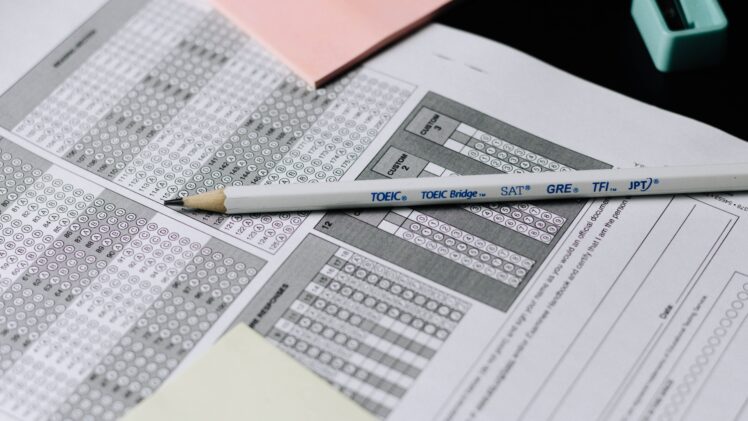Last week the College Board announced that the SAT is changing for 2024. Here’s what we know so far:
- The SAT is going digital. No longer will students take a traditional, sit-down paper exam. Instead, students will complete the SAT on a computer at a testing center, similar to how other standardized tests like the GRE are completed.
- The SAT will take two hours instead of three. Key to facilitating this change is the use of “adaptive” testing: not all students who take the SAT will get the same question set. Students will complete an initial question set to gauge their knowledge on a subject, and then based on their scores will be offered follow-up questions at different difficulty levels.
What does this mean for colleges and universities?
While we still need to learn more about these proposed changes, we can draw a few early conclusions:
- This probably won’t make schools require the SAT again. One of the continuing legacies of the pandemic has been widespread adoption of test-optional admissions standards, which has led to a significant drop in the number of students taking the SAT (almost a million fewer students sat for the test in 2021). Even with a shorter test and a digital format, it’s unlikely that the number of students taking the SAT rebounds. The market continues to move to test-optional, and there’s no sign that’s changing anytime soon. According to our MARKETview data:
- 39% of applicants submitted test scores in 2021 compared to 76.9% in 2020.
- 44.8% of admitted students submitted test scores in 2021 compared to 84.7% in 2020.
- 53.5% of enrolled students submitted test scores in 2021 compared to 89.7% in 2020.
- These changes might raise new concerns about equity and fairness. Is an adaptive test still a standardized testing instrument? And will all students be able to access computer-equipped testing centers to take the new SAT
What do we know about test taking for the Entering Class of 2022?
Across MARKETview’s 80+ partner institutions, we’ve seen a year-over-year decline in the number of students submitting test scores. For the entering class of 2021, 39% of students submitted test scores as part of their application, while so far for the entering class of 2022 that percentage has fallen to 36.2%.
Even in a test-optional world it’s important to keep track of these rates. In MARKETview data analysis on Entering Class 2021, we did see notably higher yield rates for students submitting a test. Test submitters yielded at 21.7%, while non-submitters yielded at 15.3%. This differential has led my colleagues to quip that “test scores are the ‘new visit.'”
In other words, in a test-optional world, a student choosing to submit a test score may be as important a predictive behavior of affinity and interest as making the choice to visit campus has been historically.
